
Scientific Animation
Scientific animation is a powerful communication tool in many industries, including pharmaceutical, biotechnology, agriculture, healthcare, education, film and television. Genetics, cell biology, microbiology, nanobiology, disease pathology, and pharmacology are just a handful of the many topics addressed through scientific animation. Industry leaders seek high-quality visuals that can represent their complex science in an easily understandable format. Whether educating professionals, attracting investors, or advocating for patients, a scientific animation should inspire and bring clarity to the viewer. AXS Studio combines our expansive scientific knowledge with artistry and technique, delivering animations that are visually captivating and scientifically accurate.

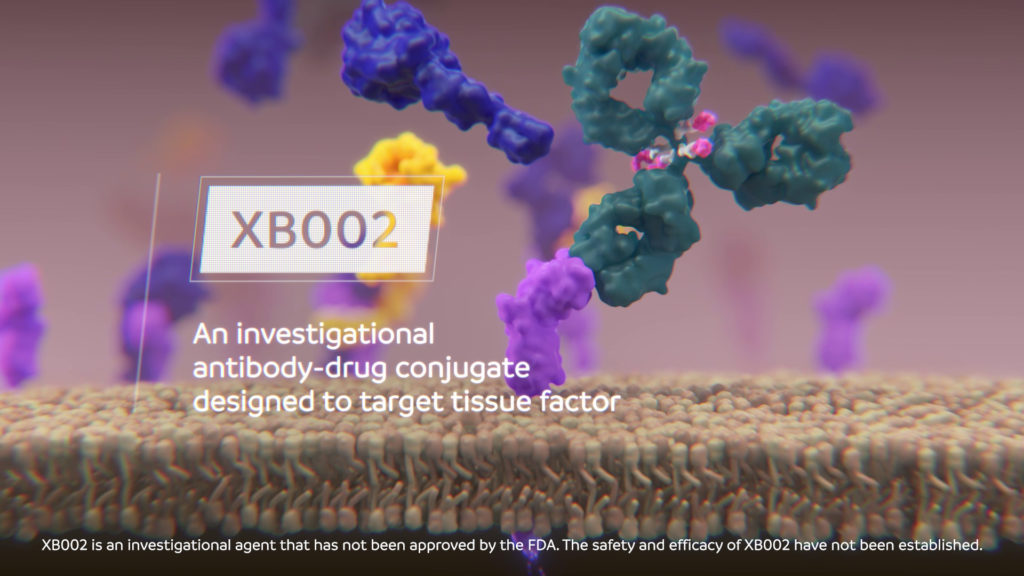
Medical Animation: Cancer ADC MOA
Exelixis, Inc.
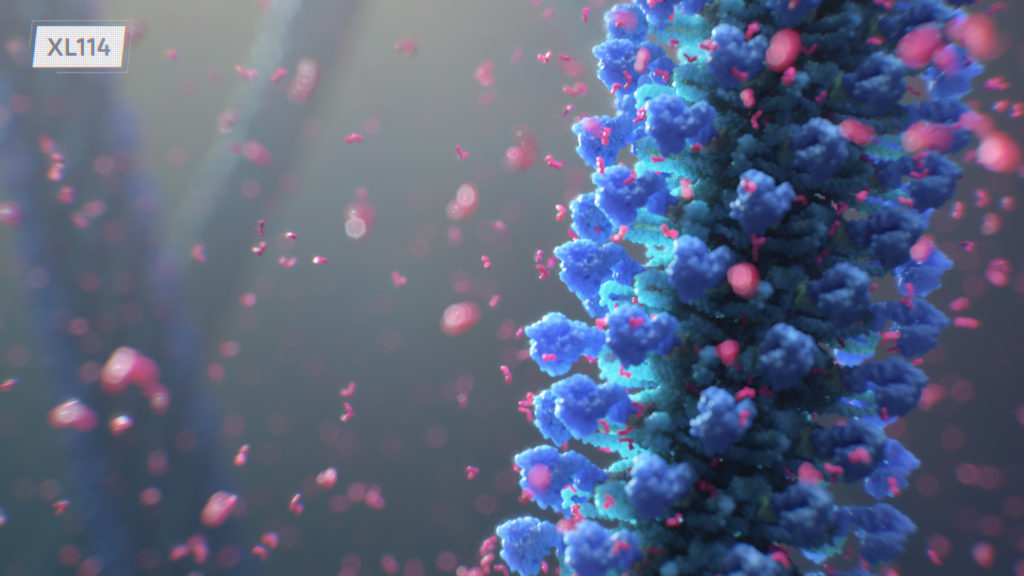
Medical Animation: Cancer Small Molecule MOA
Exelixis, Inc.
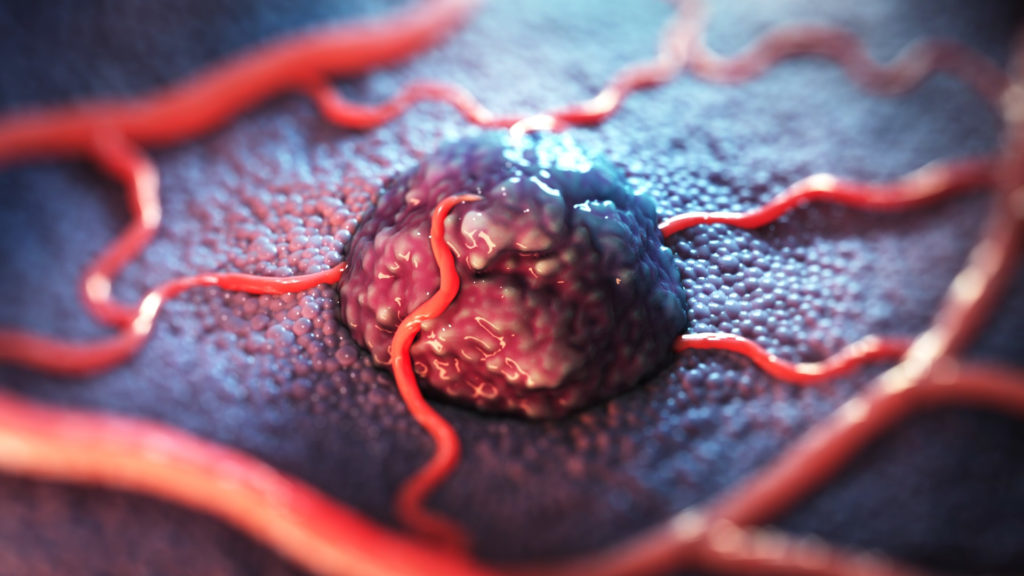
Scientific Animation: Certepetide MOA
Lisata Therapeutics
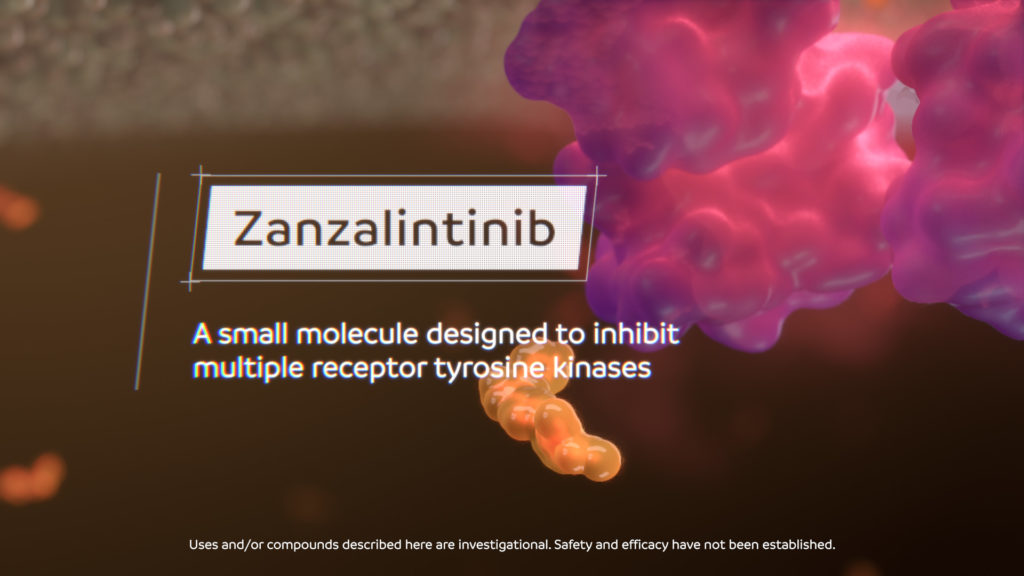
Oncology MOD and MOA Animation
Exelixis, Inc

Scientific Animation - Photobiomodulation Therapy for AMD
LumiThera, Inc.
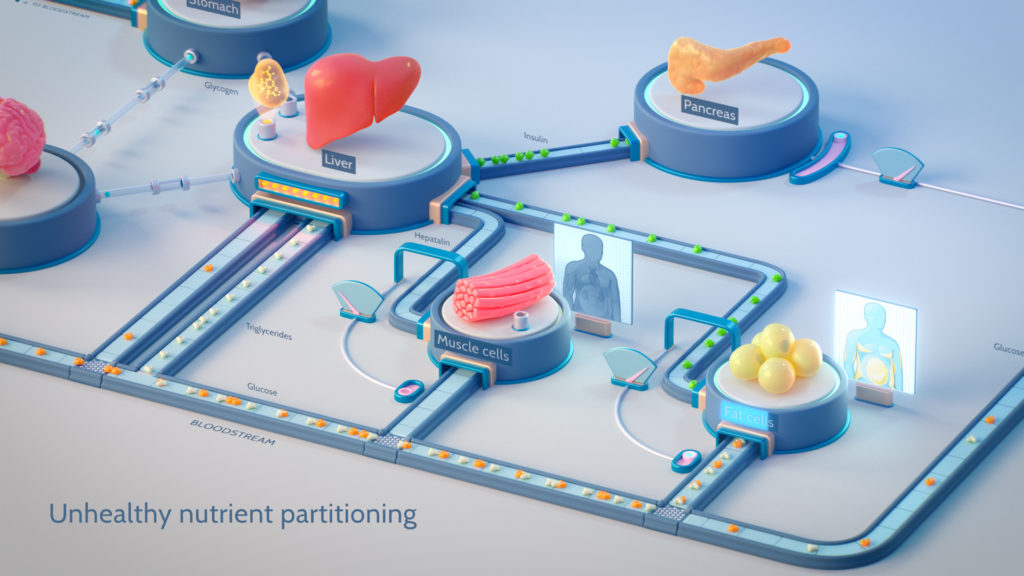
Medical Animation: The Science of Hepatalin
Scimar Ltd.

Agricultural Biotechnology Animation
Azotic Technologies Ltd
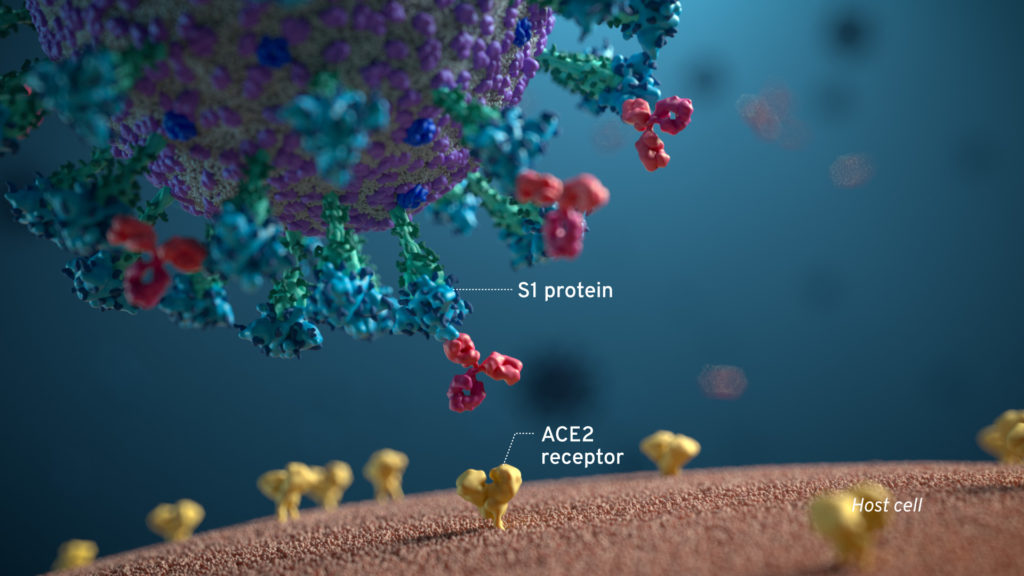
VITROS SARS-CoV-2 Diagnostic Scientific Animation
Ortho Clinical Diagnostics
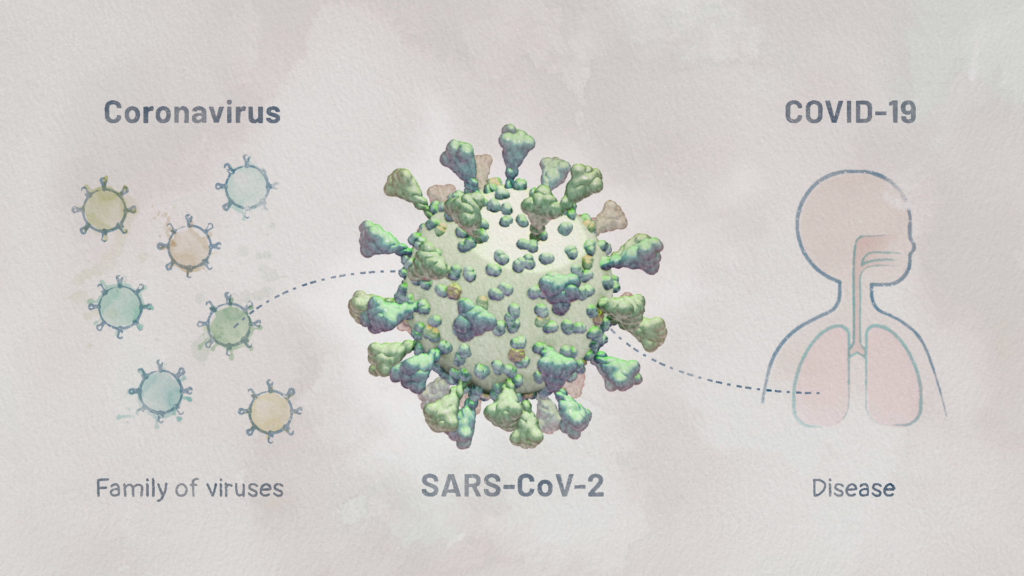
Biology of SARS-CoV-2 Scientific Animations
HHMI BioInteractive
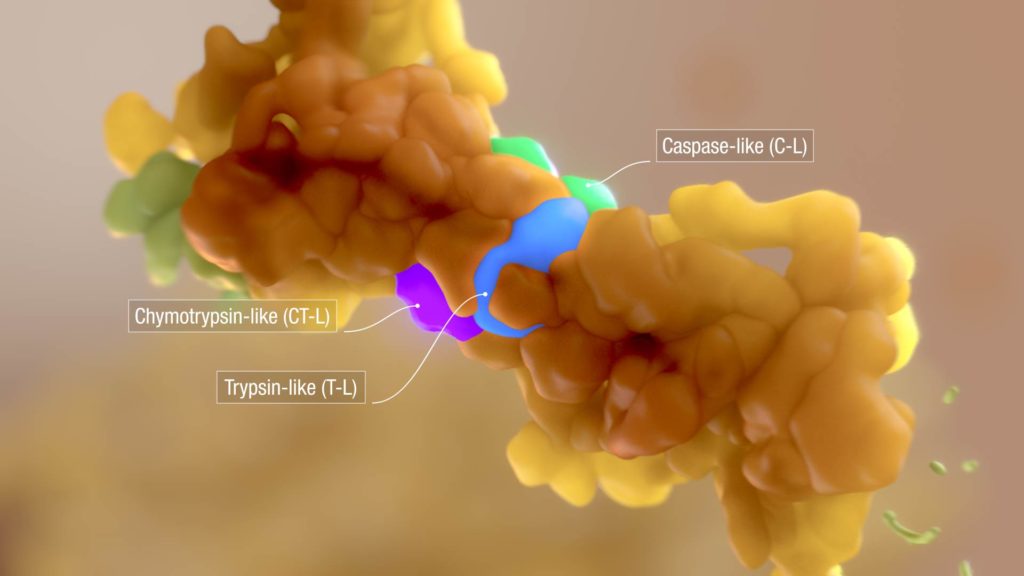
Medical Animation: Proteasome in Multiple Myeloma
Biopharmaceutical client
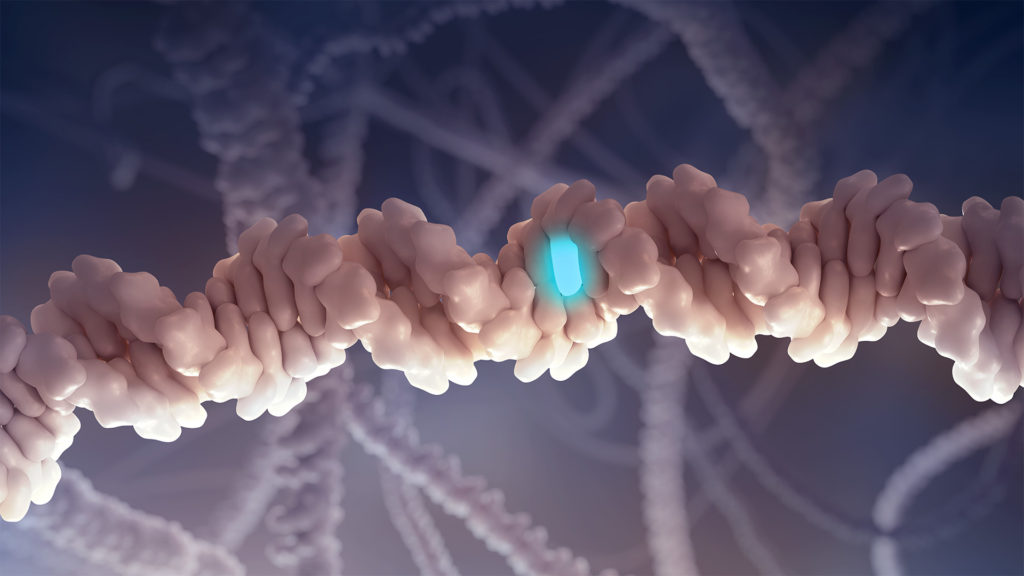
Medical Animation: The Gene Doctors
Tangled Bank Studios, HHMI



Ortho Clinical Diagnostics








Amgen






Genzyme Canada

Heartware

D&J Electronics

Let’s work together
to tell your story.
Why invest in accurate scientific animation?
- Seeing is believing. By visualizing the invisible, you inspire your viewers to want to learn more.
- Accurate scientific animation adds credibility to your messaging and brand, whereas inaccurate depictions of science produced by generalists can undermine your integrity
- Expert scientific animation is all about clear communication; it makes complex concepts easier to understand for your primary audience
- When stakes are high and time is limited, you need eye-catching and beautiful scientific animation to grab the attention of your audience and quickly convey your message
- Visual assets from a scientific video can provide additional value to your website, conference booth and presentation materials.
The AXS Studio difference
What makes a scientific animation stand out? When you only have a few minutes to grab attention and convey your science, every frame counts. Here are some important considerations to keep in mind when commissioning a scientific video:
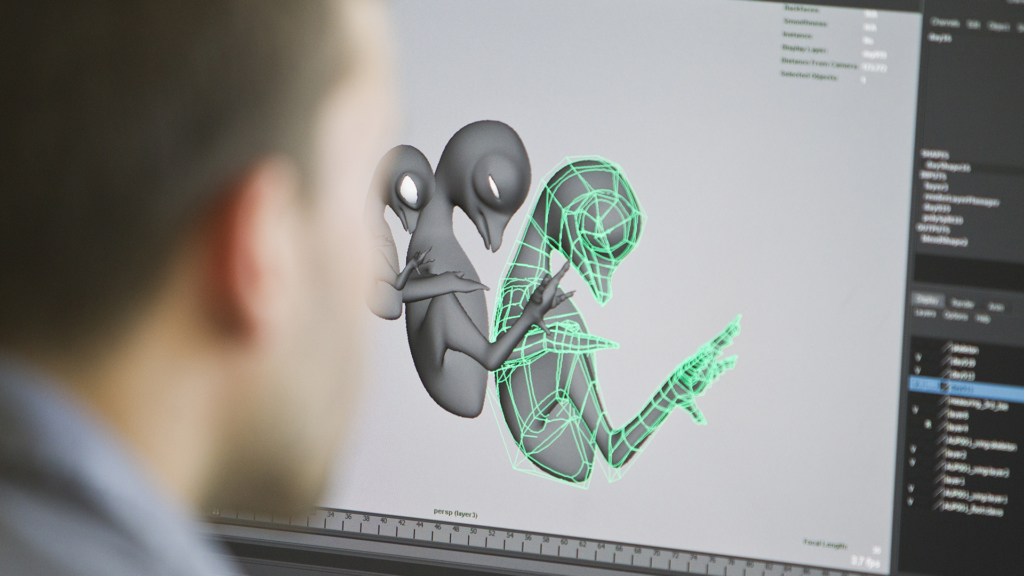
Science visualization expertise
Tailored to your audience
Stress-free reviews
Visual blueprint for your science
If you’re interested in learning more about what we can do for you, simply reach out with details about your project requirements, goals, and rough timeline. We’ll schedule a consultation call to discuss details and provide you with a personalized proposal and estimate for review.
Many scientific animation companies and agencies hire generalist animators or use low-cost country sourcing. AXS Studio is exceptional among our competitors for employing only scientifically trained animators. We’re proud to say that every one of our artists comes from a formal science background. Each holds a Master of Science (M.Sc.) degree in biomedical communications from one of the five professionally-accredited graduate programs— this includes 5 Board Certified Medical Illustrators (CMIs). We have over two decades of experience visualizing complex biological science for a discerning audience. With our extensive and specialized education, we’re able to understand your science right from the beginning. This enables us to visualize complex scientific processes with unparalleled clarity and accuracy compared with generalist animators.
The cost of a scientific animation hinges on several factors:
- Length: Typically, shorter animations require less time and resources to create, reducing costs. As a general guideline, 100 words per minute is a good estimate for your voiceover script. We will work with you on the script to ensure the animation aligns your budget while effectively communicating your scientific message.
- Visual complexity: The number and complexity of scenes t in your animation are reflected in the cost.
- Video resolution: High-definition (HD) video is more cost-effective than Ultra-high definition (UHD or 4K) video because it requires fewer computing resources. We have you covered for any custom resolutions you may need for special applications.
We do all of our content development and production at our Toronto, Ontario studio, ensuring there are no markups passed on to you. If you would like an estimate for your animation, simply get in touch.
Our comprehensive in-house capabilities cover the entire production pipeline, including content research, storyboarding, 3D modeling and animation, rigging, shading, lighting, rendering and compositing, and visual effects. Our full-service quotes also cover audio production, including professional voiceover talent, recording and editing, sound FX, and custom or stock music. Our optional services include script writing (including literature review and referencing), annotation, and submission for medical and regulatory reviews.
And we take our content research seriously. Your quote includes our in-house scientific proficiency. Our scientifically trained animators immerse themselves into the primary literature for your content. Before sketching a single storyboard panel, they meticulously compile a referenced visual research deck for each project. We’re dedicated to ensuring your science is communicated perfectly.
Many clients express a sense of relief when they switch to our services, often citing various challenges they faced with their previous agencies. These include: a failure to align with their objectives, a lack of scientific proficiency, leading to errors and delays, unexpected charges for fixing agency errors, and last-minute rushes to meet deadlines.
In contrast, clients have described working with AXS Studio to be “an absolute pleasure”. They’ve said “the AXS team works hard to understand our needs and goals,” and acknowledge that our team’s scientific expertise stands out from other suppliers they’ve used. Clients have noted that our team is honest, dedicated, delightful to work with, and that they can always rely on AXS to meet deadlines without surprise overages.
The AXS Studio team is unparalleled in our scientific literacy, focus on details, and proactive approach to problem-solving. We’re highly regarded across the industry for our exceptionally beautiful and accurate work. But don’t take our word for it— hear it directly from our clients!.
Are you targeting a conference deadline? It’s worth getting a head start on 3D animation, especially if you have an involved review and approval process. Typically, a two-minute scientific video starts with script and storyboard development and requires 12–16 weeks to complete. It’s a good idea to contact us at least 4 months prior to your deadline. Together, we’ll come up with a timeline that works, while ensuring the high animation quality AXS Studio is known for.
Based on our experience, 1.5–2 minutes is the ideal length to engage professional audiences. It’s enough time to effectively communicate key messages without overwhelming short attention spans or busy schedules. Since cost is correlated with runtime, budget often plays a role in determining animation length. If you’re drafting an outline or narration script, a helpful guideline is aiming for 100 words per minute of animation.
- Begin by defining your primary audience and key learning objectives. The objectives should outline what you want your audience to take away from the animation. The reading level and complexity of the animation content will be tailored to your audience.
- Share all relevant reference material with your supplier, including key review papers, scientific posters and MSL decks. This will help the animation team quickly align to your contents.
- Your supplier will then provide a content outline for review, followed by a voiceover script. The script usually undergoes two rounds of review.
- Next, a detailed storyboard is created, featuring drawings for each shot in the animation, alongside corresponding script, onscreen text (or supers), and brief action descriptions. Typically, there are two rounds of storyboard review followed by a formal MLR review. Check out our post on medical and scientific animation storyboards for more details [coming soon].
- Upon storyboard approval, a greyscale rough cut animation is created using a placeholder voiceover called a scratch track. The rough cut allows for the review of the action and pacing, and is accompanied by sample still images showing the proposed final look of the animation.
- After rough cut approval, professional voiceover is recorded and the prefinal animation is developed, encompassing the final look, voiceover and music. The prefinal is submitted to MLR review for approval. At this stage in animation production, only minor adjustments are made (eg. tweaks to supers and colors).
- Following MLR approval, the final animation is delivered as a compressed video file for immediate release. A master uncompressed video file is also provided, allowing for the creation of additional outputs in various video formats as needed.
Patients and caregivers use scientific animation to gain insights into diseases and treatments, empowering them to better make informed choices regarding their healthcare.
Patient educators and advocates use scientific animations to simplify complex medical and scientific information about disease and treatments for lay audiences, promoting better understanding and engagement.
Medical communications managers and medical affairs managers leverage scientific videos to explain disease pathways to HCPs at symposia and scientific conferences and, and on disease education websites.
Healthcare providers benefit from scientific animations by staying informed about new research in disease progression and treatment, aiding in their clinical decision-making.
Scientific videos are also used in museum exhibits to help explain a wide range of scientific subjects from human genetics to the physics of music.
Scientific animations are used in TV and film production to explain concepts to lay audiences. Whether fiction or factual programing, scientific animation helps convince an audience of the director’s viewpoint and important facts being presented.
Product managers and marketing managers use scientific videos on product websites and at scientific conference booths to illustrate the therapeutic mechanism of action (MOA) of drugs to healthcare providers.
Medical science liaisons (MSLs) utilize scientific animations reactively in presentation decks to explain disease pathways and MOA at in-person physicians meetings.
Opinion leaders use scientific videos as visual aids in symposia presentations to explain disease and therapeutic mechanisms to their audiences.
Absolutely. You’re welcome to use frames (still images) directly from your scientific video at no extra cost. These images are usually high enough resolution to use in slide presentations, on your website and in small print materials. If you are in need of larger images—such as for a conference booth—we’re able to provide those and charge only for the output. We can also render out individual elements from an animation, such as product shots or key molecules.
We make sure that all materials submitted for MLR review are meticulously referenced from the scientific literature. Upon request, we can annotate submission materials according to your company’s review process standards. Additionally, we’re available to participate virtually in review sessions to address any questions and explain any visual communication recommendations.
No we don’t. Every scientific video created by AXS Studio is a tailored solution, designed to meet the unique needs of a client.
Want to learn more?
Toll-free
1-877-959-6763 (US)
+44 808 169 9923 (UK)
111 Peter St. Suite 700
Toronto, ON, M5V 2H1
Canada
looking for?



![June 27 is World Microbiome Day, a time to acknowledge—and perhaps celebrate—the tiny lifeforms we share the planet with. As adult humans we coexist with about 38 trillion microbes on and within our bodies. The human microbiome is inextricably linked to our health, something researchers have been exploring ever more since the 10-year Integrative Human Microbiome Project completed in 2019. Check out our blog post [5-minute read] on creating the cover illustration for Nature Journal’s seminal publication of the Project’s research findings:
.
.
.
#sciviz #scientificillustration #medicalillustration #scienceliteracy #guthealth](https://axs3d.com/wp-content/plugins/instagram-feed/img/placeholder.png)